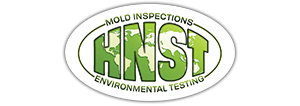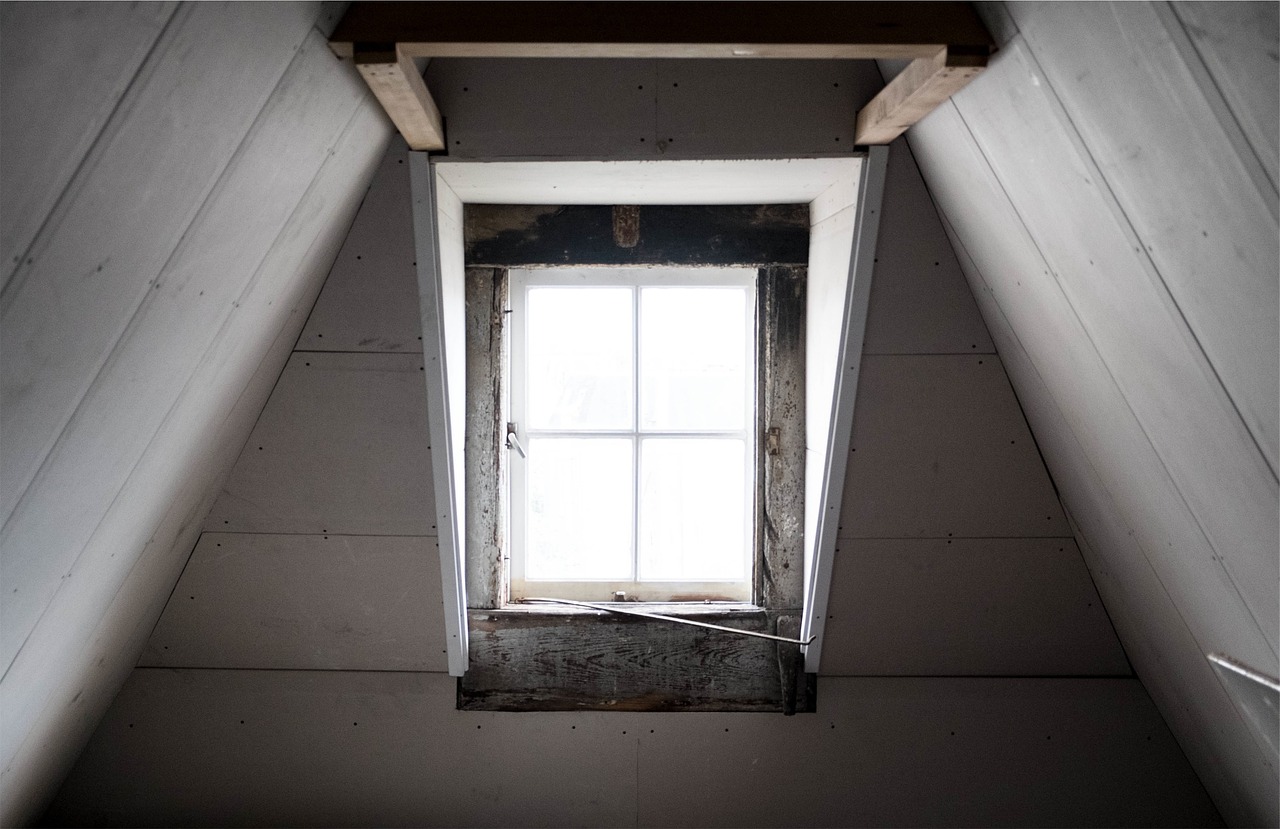Attics are not a place where homeowners spend much time. In fact, you may have never been in your attic! Here’s why you should at least give it a check: attics are an ideal space for mold growth. Improper ventilation, leaks in your roof and improper indoor ventilation can cause mold to grow and spread….
Mold investigation
Mold In The News
Welcome to another installment of Mold in the news! A story from usnews.com hits home this week as children (and parents) prepare to go back to school with reports of Mold found in schools that had mold issues the previous year. While many may rush to judgment on the school system, it’s important to note…
Home Owners Insurance & Mold
Home Owners throughout the years have found out the hard way that problems they thought would be covered under insurance may not actually be covered. There are many rules and steps that need to be followed from the beginning in order to be able to use your homeowner’s insurance for coverage. We advise all customers…
Pets and Mold
Generally speaking, mold is found in certain locations that provide an adequate supply of organic material or moisture. These areas are rooms like your kitchen, bathroom, and basements. Dust, food particles, hair, body oils, etc. build up in these areas and just by adding moisture can become a breeding ground for mold. If you are…




